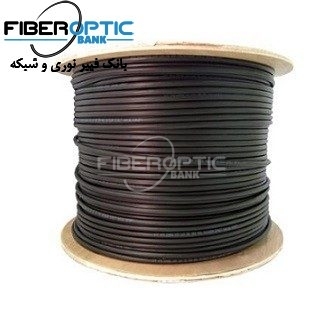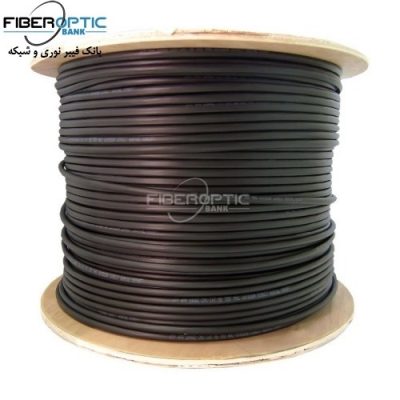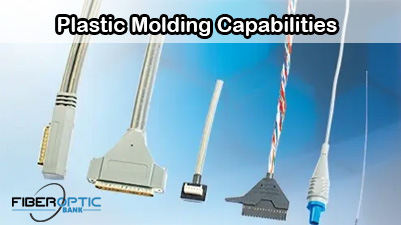minimise insertion loss in optical fiber connections
Optical fiber is everywhere in the world, from home broadband and telecommunications to the undersea cables that connect continents together. Billions of people across the world now rely on these networks of silica strands to make communication and access to information instantaneous, cost-effective and reliable. And since it is lighter, smaller and faster than copper wire and cheaper than satellite, optical fiber is the obvious choice to help usher in the new age of connectivity and big data.
minimise insertion loss in optical fiber connections
Unlike copper wire, optical fiber rarely requires amplifiers. The light signal is transmitted down the central core, which is wrapped in a reflective layer to create what is known as total internal reflection. However, whether installing optical fiber networks to the home, to the antenna, to the server room or any other application, network engineers can face the challenge of various types of insertion loss, or weakening of the optical signal, which is measured in decibels.
For high quality single mode fiber, loss should be as low as 0.1 dB/km. However, it’s impossible not to incur some degradation of signal over the full length of the network connection. Here are some of the ways you can limit insertion loss when using fiber optic connectors:
Polish and clean the ends
A rough cut can result in a scattered signal and may also trap dirt particles around the edges. As the fiber is hair-thin, even airborne dust particles can scatter and absorb light signals. After cutting with a cleaving tool, polish the ends with a professional polishing kit and wipe with a lint-free isopropyl alcohol wipe, ensuring that your skin never touches the end of the ferrule.
Minimise end gaps
In an optical fiber connection, if there is any gap between the two fibers this can cause the emerging cone of light to be refracted by the air, thereby causing losses in the signal. Ensure that the fibers are not cleaved at an angle, and that the connecting fibers are lined up perfectly without any gaps.
Connect the same size fibers
As there are several different types of optical fiber available on the market, it is possible that you may need to connect two different types together in a network at some point. If you connect a small fiber to a larger one, the losses resulting from this will be minimal, but a large fiber should never be connected to a smaller one, as this will result in substantial losses due to the difference in core size and the numerical aperture of most small core fibers.
Avoid unnecessary bending
Bending of fiber optic cables is a major cause of insertion loss due to light refracting through the cladding. Optical fiber cables can quite easily become coiled or kinked during installation, and each small bend or coil can cost a loss of up to 0.2 dB. Minimise tight bends and if the cable must be coiled, keep the radius as large as possible.
Protect the connection
If your connection is going to be in any way exposed to dirt, water, salt spray high/low temperatures, or any type of shock, it’s essential to consider the best way to protect the safety of the optical fiber connection. This could be done with a purpose-built box to protect the connection, or with a high-quality rugged connector housing with a secure locking mechanism that will protect the interface from ingress. Bulgin’s 4000 Series Fiber range of rugged LC connectors are specially engineered to keep fiber connections protected from any kind of environment. Featuring a secure quick-twist bayonet connection, the 4000 Series is IP68 rated and offers an average insertion loss of <0.1 dB.
Source: community.element14
Related products...
Micro Fber Optic Cable
fiber-optic-cable
fiber-optic-cable
















[ratings]